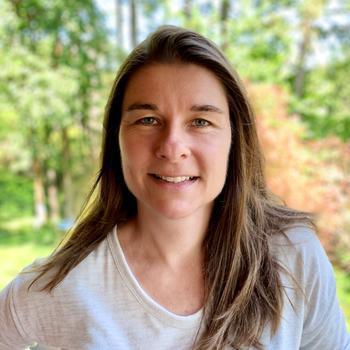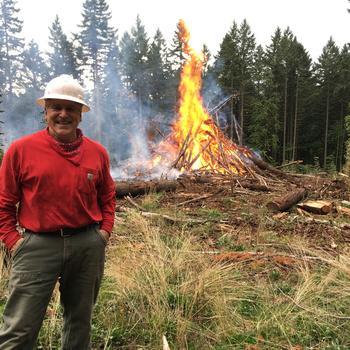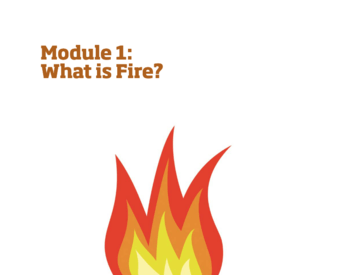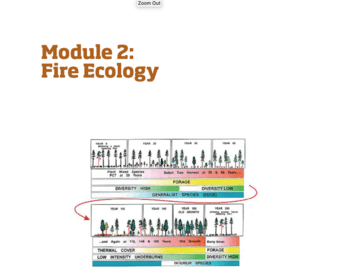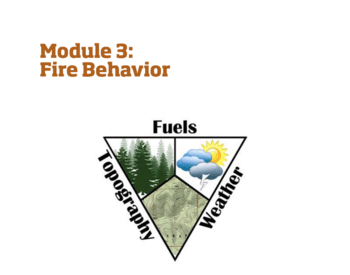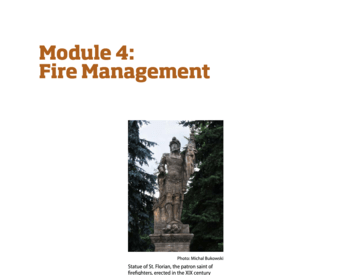Acknowledgements
Project Leader and Author:
- Daniel Leavell, Oregon State University Extension Agent, Klamath and Lake counties
Authors:
- Carrie Berger, Coordinator of the Northwest Fire Science Consortium and Extension Associate, OSU Forestry and Natural Resources Extension
- Stephen Fitzgerald, Director of the OSU College of Forestry Research Forest and Statewide Silviculture Extension Specialist
- Bob Parker, County Leader and OSU Forestry Extension Agent, Grant and Baker counties
Contributors:
- Teresa Wicks, Oregon State University PhD student
- Sophia Carrol, OSU Forestry and Natural Resources Project Assistant, Klamath Basin Research and Extension Center
- Brad Withrow-Robinson, OSU Forestry Extension Agent, Benton, Linn, and Polk counties
- Dave Shaw, Associate Professor and Forest Health Specialist, OSU Forestry and Natural Resources Extension
- Jason O’Brien, Oregon Naturalist Program Coordinator, OSU Forestry and Natural Resources Extension
- Janean Creighton, Associate Professor and Extension Specialist, OSU Forestry and Natural Resources Extension and Administrative Director, Northwest Fire Science Consortium
- Amy Markus, Forest Biologist, Fremont-Winema National Forest
- Jason Pettigrew, Stewardship Forester, Oregon Department of Forestry
- Julie Woodward, Senior Manager of Forestry Education, Oregon Forest Resources Institute
- Nicole Rabbiosi, Office Assistant, Klamath Basin Research and Extension Center
Many thanks for funding support from the Oregon Forest Resources Institute over a two-year period. This has been a valuable partnership for our Forest and Natural Resource group—and this is no exception.
We would like to dedicate this effort to the many firefighters who have sacrificed much to serve and protect wildlands, homes, resources, and lives. We hope that these modules will provide sufficient education to lessen the risk of living with fire and to generate a respect for fire and firefighters. Project Overview: Fire Science Core Curriculum
Purpose of the curriculum
Author H.P. Lovecraft once said, “The oldest and strongest emotion of mankind is fear, and the oldest and strongest kind of fear is fear of the unknown.” We tend to fear what we do not understand. Not everyone is afflicted with pyrophobia (an irrational fear of fire), but many fear fire from personal experience or mainly through a lack of understanding
Fire is a chemical reaction that has been on the planet as long as there have been plants and carbon-based lifeforms on the ground and lightning in the sky. Fire is a force of nature we can control under certain conditions but can’t control under other conditions.
Fire can take life and save life. Plants and animals have adapted to fire frequency and severity over the eons in different locations, especially in areas of drier climate. We will never eliminate fire from our workplaces, homes, yards, forests, or rangelands. As long as we live in a carbon-based world, we will live with fire.
Fire science is complex and can take years of study to fully understand. Professional firefighters and fire scientists learn everything from fire theory, knot tying, and ladder and hose deployment to fluid dynamics and physics. They do this for national, state, and local certifications.
This curriculum is not designed to train professional firefighters, although some learners just starting on that path will find it useful. The basic intent of this curriculum is to teach the basics of fire to non-fire-professional community members, including instructors, and landowners, such as ranchers and farmers. The goal is to replace fear and misunderstanding with knowledgeable respect. We want to reduce risk and fire hazard through education and understanding.
Each of these five modules — What is Fire?, Fire Ecology, Fire Behavior, Fire Management, and Fire Prevention for Home and Landscape — is formatted to include:
- Proposed agenda
- Learning objectives
- Learning outcomes
- Content outline
- Narrative with activities and graphics imbedded
- Notes to instructors
- Professional insights
- Additional resources for students (and instructors)
- Glossary of Terms
- References
- Evaluations
- PowerPoints
Each module has a PowerPoint suitable for modification as needed for various student audiences. The narrative text in each module is meant as a main resource to instructors to choose subject matter as needed to meet the lesson objectives. The modules are guidelines, not mandates.
Each module, if followed completely, can take up to 8 hours in the classroom and in the field to complete. Modules can be delivered independently, in succession with the other modules, or as resources with other curricula. Each module is unique, but there is some overlap of information from one module to another in order to reinforce key ideas.
This curriculum addresses both wildland and structure fires because a home fire can lead to a wildland fire and a wildland fire can burn homes. Vehicle fires on the side of the highway have caused home and wildland fires. Fire behavior, risk, and hazard are similar across all forms of fire, regardless of the environment.
This curriculum incorporates many educational activities given to firefighters in their training. This is so participants can learn the basics without needing a medical release or facing the same risks as professional firefighters face. Learners are not expected to make decisions in the heat, smoke, and exhaustion of a real-life fire, but we hope this curriculum helps them understand what it means to do so.
As with a basic firefighter academy, there are live fire activities within these curricula. There are simulations and tool and equipment demonstrations. As with all fire training, safety is always first. No activity is completed here without all safety precautions in place.
There are some activities and lectures where professional firefighters or fire scientists need to be recruited to carry out the objectives. Our intent is to consult fire partners in the U.S. Forest Service, Bureau of Land Management, Park Service, Oregon Department of Forestry, local fire departments, or private firefighting contractors to help teach and deliver these lessons. This will benefit all of us by strengthening collaboration between Extension agents, communities, and firefighters.
Every fire is similar. Every fire is unique. Firefighters are taught to work as a team and to cover each other’s backs. Lives depend on working together with trust—and education and training are the glue holding it all together. With good leadership and barring random accidents, everyone should go home after a fire. Our equipment, standard of training, education, and protocols are based on the lessons learned over centuries.
These modules will help students learn to respect fire—and firefighters—and to protect themselves, their families, their homes, and their property. If we can prevent the negative effects of fire while encouraging the positive use of fire, we will have succeeded.
Access the modules:

